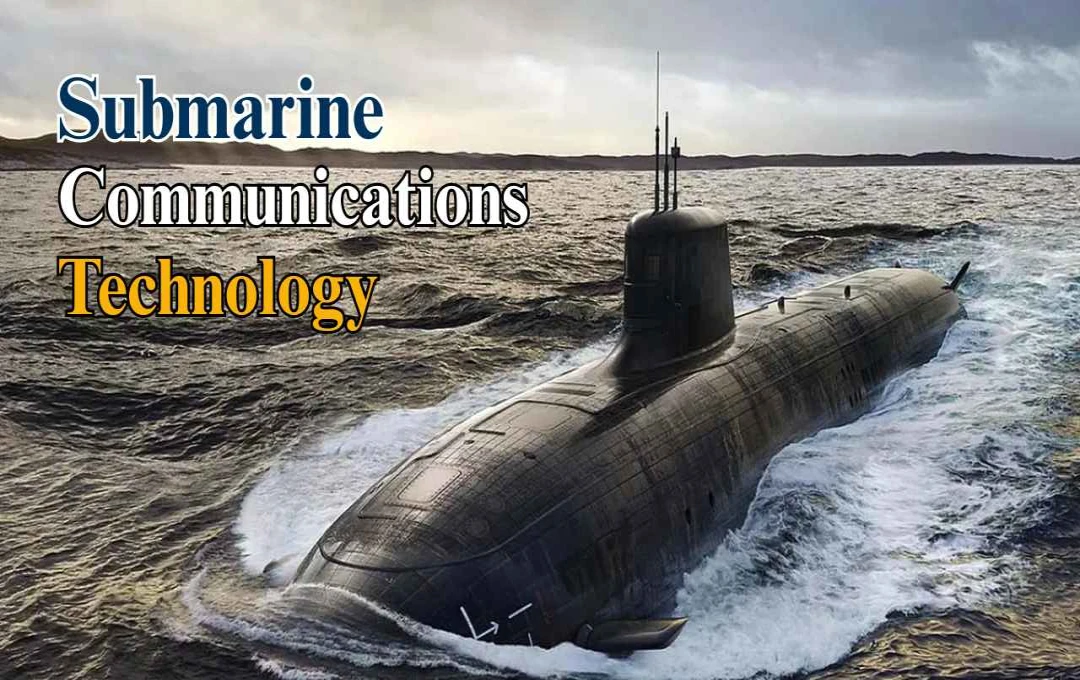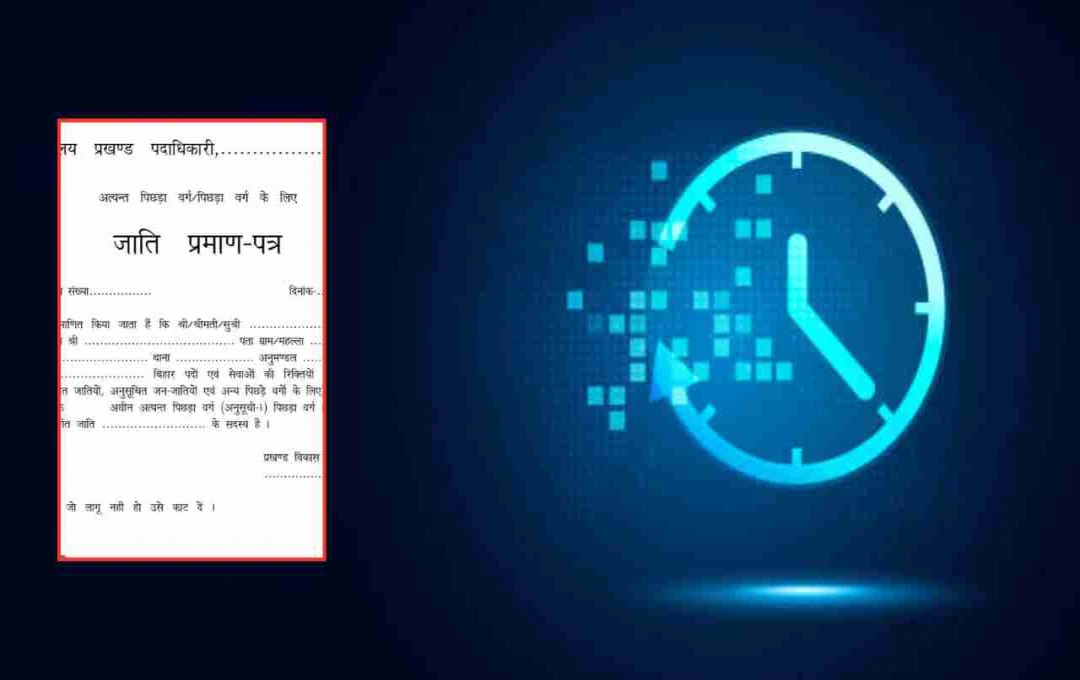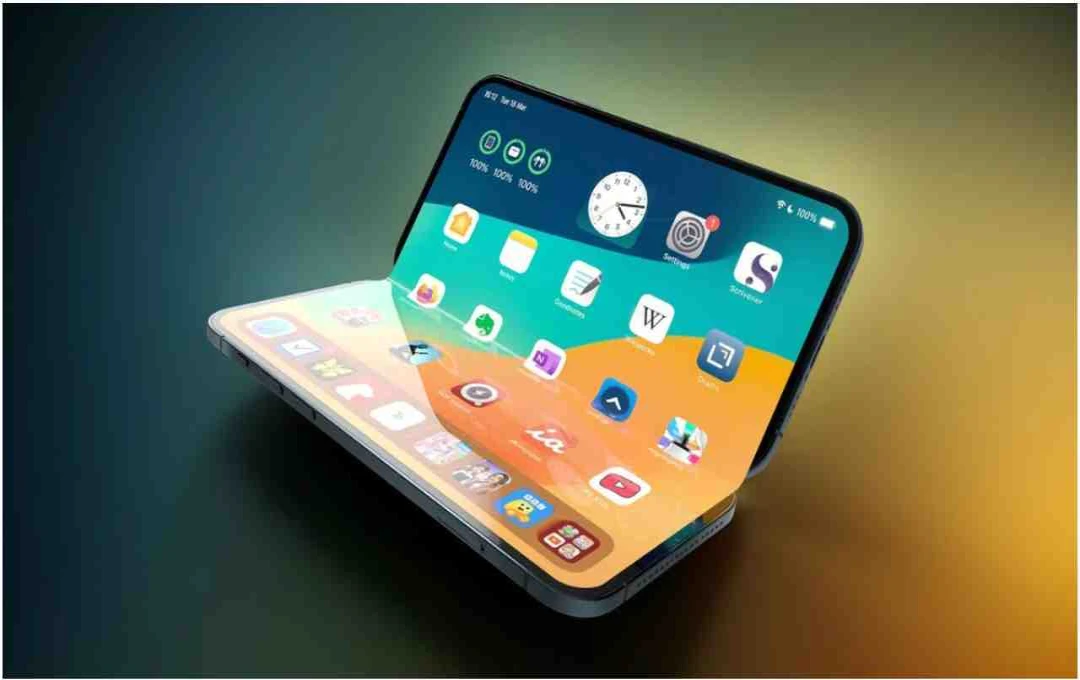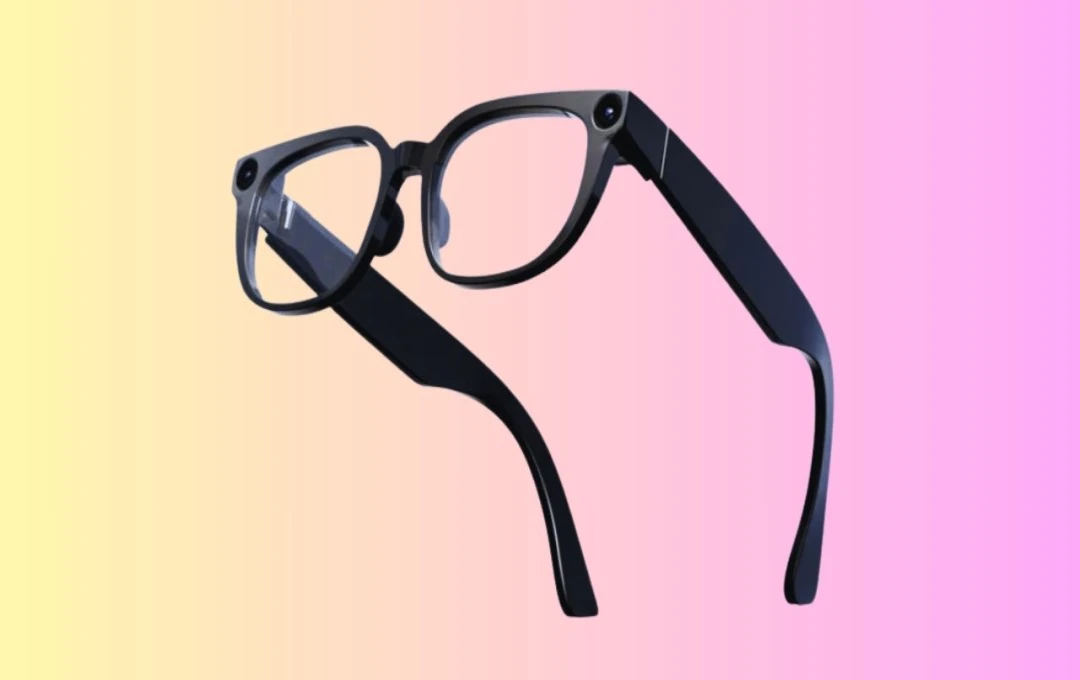Secure communication for submarines in the deep sea is a major challenge. Radio waves are quickly absorbed in water, which is why submarines use technologies like ELF/VLF, acoustic systems, floating antennas, and optical lasers. Modern relay networks and encryption ensure data is sent securely and confidentially.
Submarine Communications Technology: Maintaining contact with the outside world for submarines deployed in the deep sea is challenging. Receiving signals on the surface is easy, but water quickly absorbs radio waves. To solve this problem, submarines utilize technologies such as ELF/VLF radio waves, acoustic systems, floating antennas, and optical lasers. Modern relay networks and encrypted messages ensure security and privacy, allowing submarines to maintain continuous contact.
Water and Radio Waves
Seawater, especially moist water, rapidly absorbs high-frequency radio waves. Consequently, Wi-Fi, cellphone, or standard radio signals cannot penetrate to significant depths. Therefore, submarines use low-frequency waves and alternative communication methods.
ELF and VLF
Extremely Low Frequency (ELF) and Very Low Frequency (VLF) radio waves are most commonly used. These waves can penetrate water to some extent and allow submarines to send low-data messages, such as 'surface' or 'next command'. However, the data rate for these waves is very low.
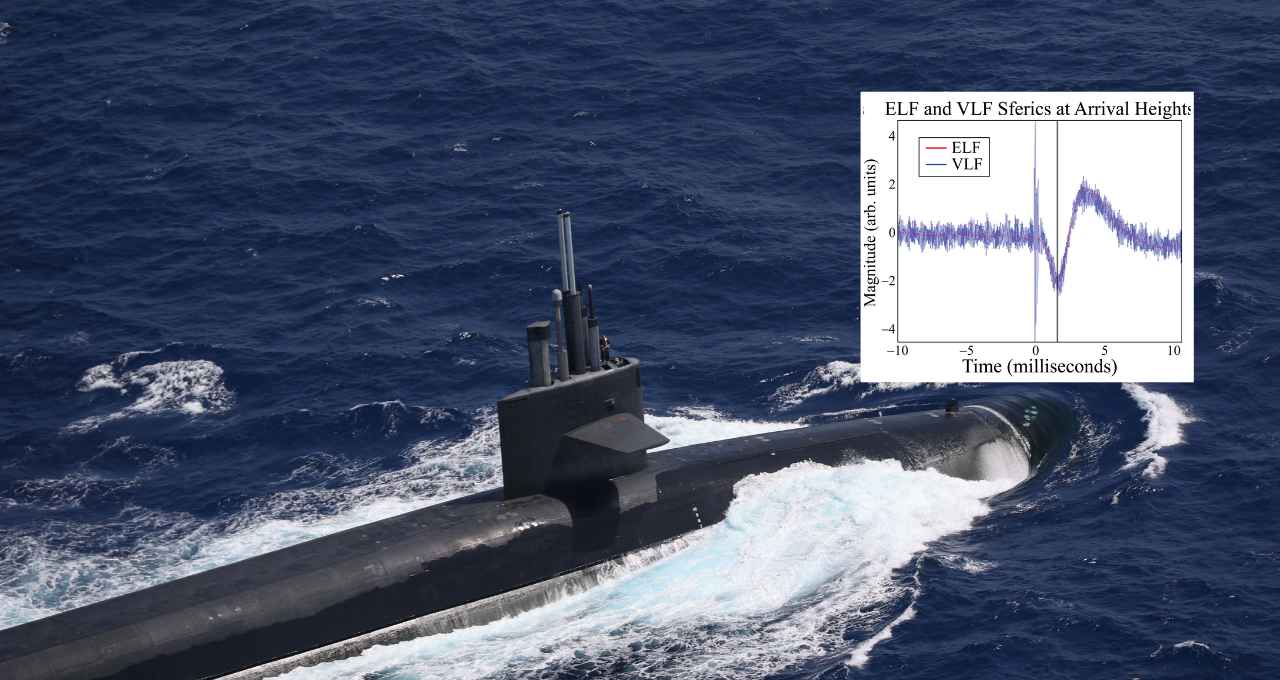
Floating Antennas and Buoy Receivers
When more data needs to be sent, submarines approach the surface and deploy small floating antennas or buoys. These antennas establish high-speed links with satellites or ships while staying on the surface, keeping the submarine safe at a shallow depth. Some submarines also connect directly to satellites by snorkeling for a limited time.
Acoustic Communication and Sonar
Sound waves propagate better in water compared to radio waves. Therefore, submarines and surface vessels communicate via underwater phones, sonar, and other acoustic systems. This method is superior for long distances, but noise and multipath effects limit the data rate.
Optical and Blue-Green Lasers
In recent years, blue-green light has shown better penetration in water. Some laboratories are experimenting with laser or optical communication to achieve high-speed data transfer. However, this is only effective in clear water and over short distances.
Modern Relay Networks
New systems are being developed to deliver secure data to submarines via unmanned surface vehicles (USVs), drone-based relays, and buoy networks on the surface. Messages are often encrypted, ensuring privacy and security.
Challenges and Future
The main challenges in submarine communication include: limited bandwidth, signal absorption, noise, and avoiding detection. In the future, multi-mode communication (acoustic + optical + RF) and smart relay networks will enhance its capabilities. Quantum sensors and advanced encryption will help increase security.
Underwater communication is not easy, but with continuous technological development and smart solutions, submarines are maintaining continuous secure contact, whether through surface links or by sending brief messages via ELF/VLF.
